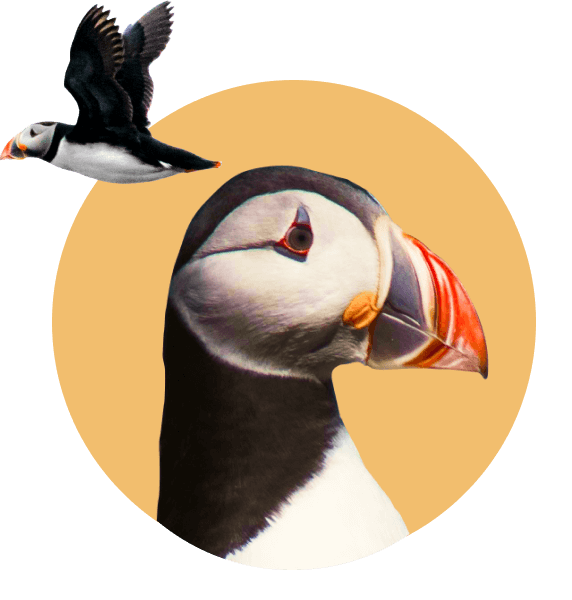
When do Basking Sharks Arrive in the Hebrides?
Apr 27 2020

The elusive basking shark is not an easy one to predict, there are certain patterns we see in their summer aggregations, with the peak of sightings being around late July – August. Their arrival in the spring is not as easy to predict, at this time of the year sightings are infrequent and tend to be singular shark sightings. At this time of year there are also higher reports of basking sharks from the Outer Hebrides, we hope to see them during our St Kilda & Barra expedition and collect DNA samples of these individuals. We also get a number of reports from Ireland and the South coast, which is likely the sharks travelling back from their winter migrations across the Atlantic and towards the Bay of Biscay, Azores and Canaries. To get an idea of the spring arrivals we looked back over some of our data from previous years.
In 2020 we received our first basking shark on the 26th April, it’s always exciting to hear the big fish are back in town. The shark was spotted off the Isle of Coll, where we see large numbers of basking sharks in the summer. The basking shark was reported to be a large individual thrashing around, moving back and forward in a bay close to shore. This behaviour is common when there has been thick plankton pushed in to a localised area and the sharks swim in tight circles to feed on it. From the surface these movements may seem erratic but if there is a very good feeding opportunity they will go all out to scoop it up! A good indication of there being food around too.
The timing is generally early for the Hebrides, it is usually May-June time when we first get sightings and our shark tours begin. However, it’s not the first time for April basking sharks as in 2015 we had one turn up on April 5th! This was very early and the water was still a chilly 8 degrees.
See below from the video taken on the 6th April 2015.
Although the timing is early for these sightings it wasn’t suprising given the weather conditions around the coast of Scotland. We had very settled weather, with unsually warm and sunny conditions. Up to 27th April we only had 8.5mm of rainfall!
It is possible that the plankton blooms recorded earlier that month in the south of the UK could have pushed North. Seen here from an image taken in late March from Peter Miller, from the Plymouth Marine Lab. Creating optimal feeding opportunites for basking sharks.
Although the timing is early for these sightings it wasn’t suprising given the weather conditions around the coast of Scotland. We had very settled weather, with unsually warm and sunny conditions. Up to 27th April we only had 8.5mm of rainfall!
It is possible that the plankton blooms recorded earlier that month in the south of the UK could have pushed North. Seen here from an image taken in late March from Peter Miller, from the Plymouth Marine Lab. Creating optimal feeding opportunites for basking sharks.
As this #EarthObservation image was so popular I thought I’d provide a higher resolution version; beware it’s 1.5MB if you expand it! #Sentinel3 OLCI Enhanced ocean colour composite 20-26 Mar. 2020, 300m resolution but Twitter reduces it to ~620m. pic.twitter.com/UtD0XhmwOs
— Peter Miller (@PeterIMiller) April 14, 2020


